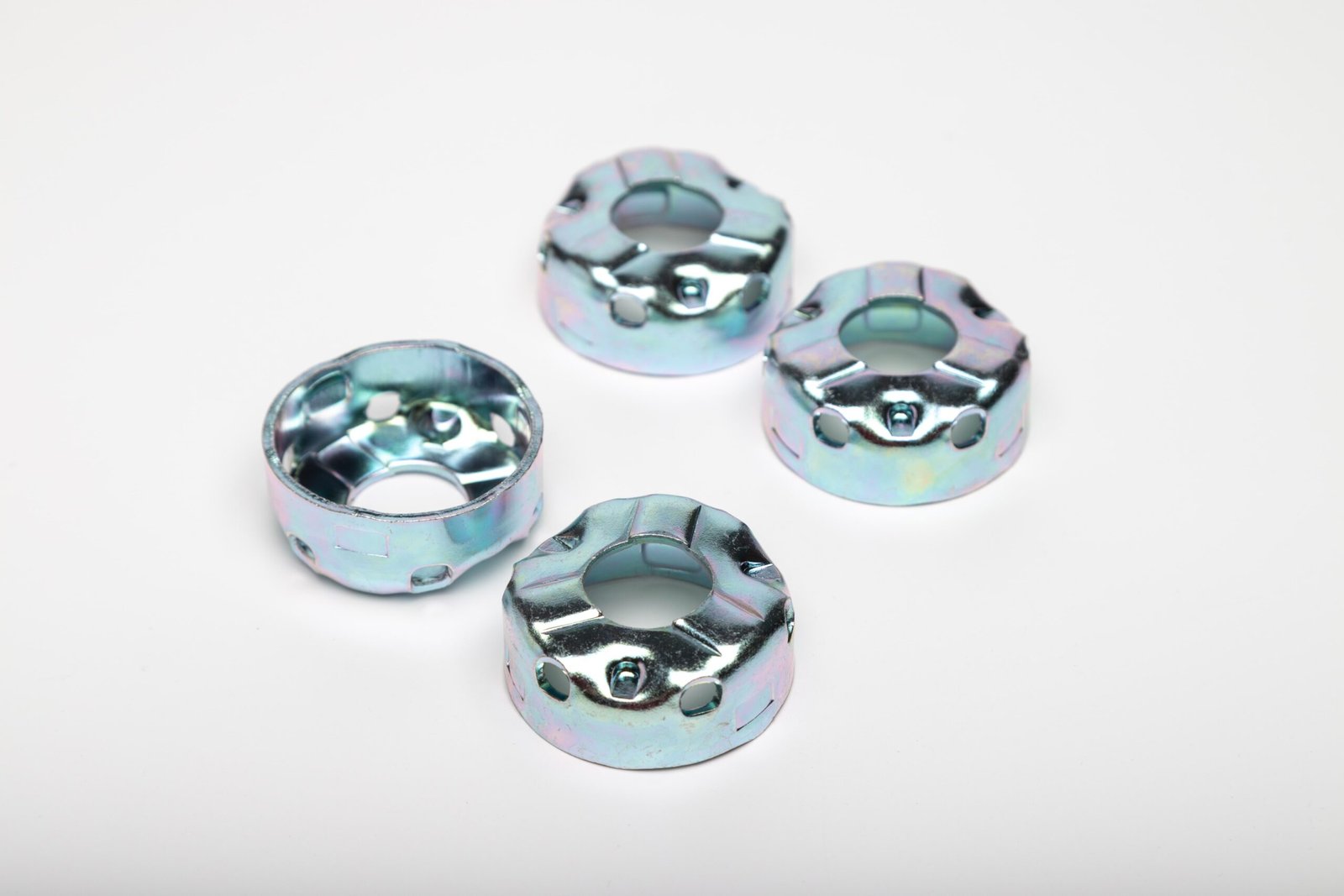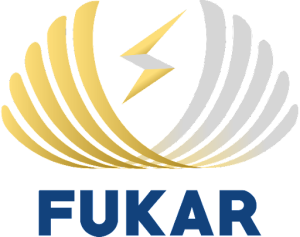
What is Zinc Plating?
(ASTMB633, TSG6524G, MS82-3701)
Zinc Plating is a process in which a thin layer of zinc is electroplated onto a metal substrate, typically steel or iron. The primary purpose of zinc plating is to provide corrosion resistance to the underlying metal, helping prevent rust and degradation when exposed to moisture and air. The zinc layer acts as a sacrificial barrier, corroding first before the base metal does, offering protection over time. The plating process is relatively simple and cost-effective, making it widely used in manufacturing. Zinc Plating also provides a smooth, shiny finish that enhances the aesthetic appearance of the product. It is often used in industries such as automotive, construction, and electronics.
Advanced Zinc Plating Techniques at Fukar
At Fukar, we employ precision electroplating methods compliant with ASTM B633, TSG6524G, and MS82-3701 standards. Our process includes:
-
Surface Preparation: Alkaline cleaning and acid activation to ensure optimal adhesion.
-
Electrolytic Deposition: Controlled current density for uniform zinc layer thickness (5–25 μm).
-
Post-Treatment: Trivalent chromate passivation for enhanced corrosion resistance, available in clear, blue, or yellow finishes.
Our ISO 9001:2015-certified facilities ensure repeatable quality, even for complex geometries like fasteners and automotive components
Benefits of Zinc Plating
Corrosion Resistance
Zinc plating provides a protective barrier that prevents rust and oxidation on metal surfaces, significantly extending the lifespan of components exposed to moisture and air.
Cost-Effectiveness
Compared to other metal coatings, zinc plating is relatively affordable while still offering robust protection, making it a popular choice for mass-produced parts.
Sacrificial Protection
Zinc acts as a sacrificial anode, meaning it corrodes in place of the underlying metal, offering continued protection even if the coating is scratched.
Versatility
Suitable for a wide range of metals and alloys, zinc plating can be tailored in thickness and finish to meet specific application needs.
Electrical Conductivity
While primarily used for protection, zinc plating also maintains good electrical conductivity, useful in certain electronic components.
Applications of Zinc Plating
Zinc plating is a widely used protective coating process that enhances the durability and lifespan of metal components by providing excellent corrosion resistance and an attractive finish. Its versatility and cost-effectiveness make it an essential solution across multiple industries, especially where metal parts are exposed to harsh environments or require a longer service life.
Enquire about our services
FAQ
Yes, all passivation uses trivalent chromium (CrIII), meeting EU Directive 2011/65/EU
We maintain ±3μm control, compliant with ISO 4042 for M1.6–M30 fasteners
Standard turnaround is 3–5 days for loads ≤500kg, with expedited 24hr service for emergency orders
